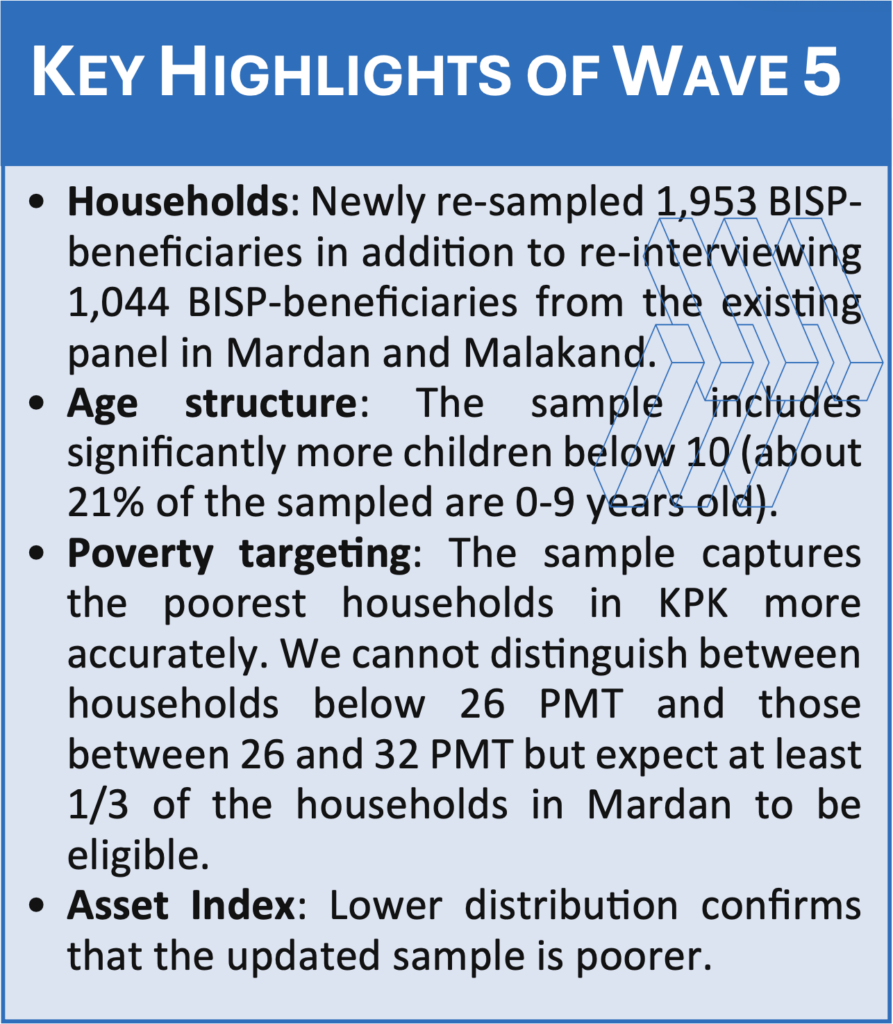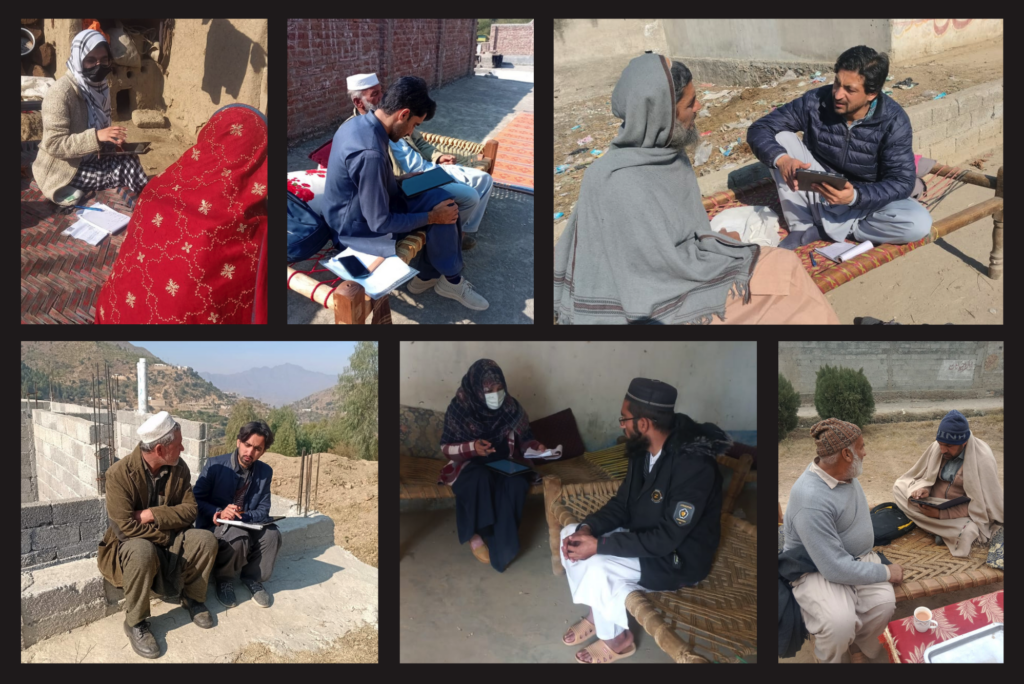The latest wave of data collection for the population panel represents a significant achievement in understanding the needs and characteristics of beneficiaries under the OPD scheme. An unexpected change in the eligibility criteria for the planned outpatient scheme required our research consortium to update our sample in line with these new criteria. The KMU, FAU and H-BRS teams made this milestone possible through the efficient coordination and mobilization of resources, even without initially budgeting for this major effort.
Conducted in January-February 2025, the fifth wave of data collection marks a critical step forward in creating a more targeted and representative dataset, addressing previous limitations in capturing future beneficiaries. This wave not only enhances data accuracy but also improves demographic representation, aligning more closely with the program’s evolving objectives.
The primary goal of this wave was to establish a baseline for key outcomes of interest, such as healthcare use, health expenditures, and other indicators likely to be influenced by the scheme’s launch. Additionally, the survey aimed to capture detailed household and respondent characteristics, providing a comprehensive foundation for future research and policy decisions. This data will play a pivotal role in informing stakeholders and shaping the program’s outreach strategies.

Pre-survey preparation involved addressing challenges such as lack of initial budgeting and planning for the new wave. As the most recent BISP PMT score will be used for eligibility, the team re-sampled 1,953 BISP beneficiary households while also re-interviewing 1,044 existing population panel households from Mardan and Malakand. Notably, the sample now includes a higher proportion of young families, reflecting current population patterns better than in the previous wave. The new wave’s wealth measure (via an asset index) further confirms that the new sample is, on average, poorer than previous waves, aligning better with the program’s poverty-targeting objectives.
Fieldwork execution was marked by rigorous data collection efforts, with a total of 2,997 households surveyed from 70 villages in Mardan and Malakand. This represents a substantial increase of households that are expected to be OPD scheme beneficiaries. Out of the complete wave 4 sample, only 1,103 households were BISP beneficiaries, accounting for just 36% of the sample. In contrast, wave 5 achieved 100% coverage of BISP beneficiaries in these districts, underscoring the improved targeting and inclusivity of poorer segments of the population in the dataset.
The field team included 27 enumerators and 11 mobilizers that made this data collection effort possible. Due to the lack of a sampling list of future beneficiary households, the new households were sampled using a Random Walk strategy, which is an alternative way to draw a random population sample and was new to the field team at the time. The team members at KMU organized rigorous pre-survey training and ongoing monitoring, enabling the successful execution despite challenging terrain.

As the data undergoes analysis, its implications for future policy and outreach strategies will become clearer. An initial Technical Note was developed by the population team to showcase the the latest achievement at better capturing the target population to the stakeholders. The insights gained from this wave will directly contribute to achieving the program’s objectives, ensuring more accurate representation of the status of the beneficiaries.
